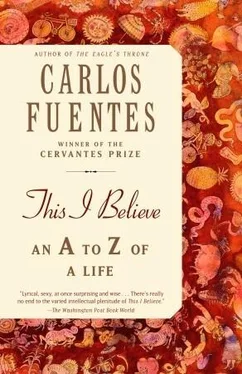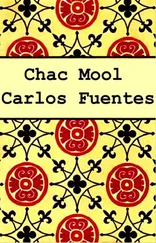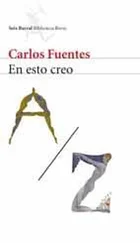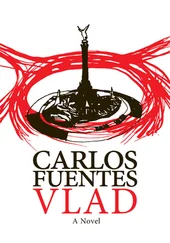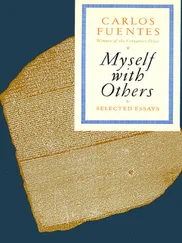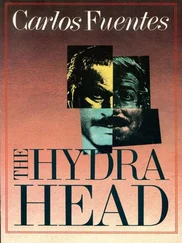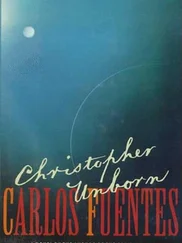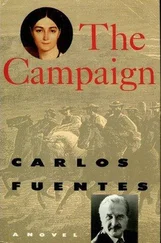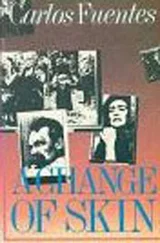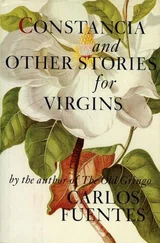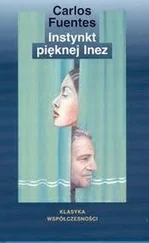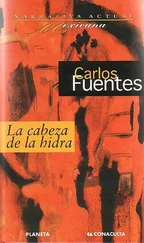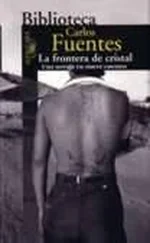That was the hour of our independence, of dreams and of constitutions that were “made for angels not men,” as Victor Hugo put it. The protective shield of the monarchy, benevolent in the case of the Austrian monarchs, meddlesome in the case of the Bourbons, imploded. Through these rough moments, we created instantaneous democracies, Nescafé republics, desperately trustful of the illogical imitation of France, England, and the United States, fatally condemned to exacerbate the differences between the “real” country and the “legal” country. The result was a pendular movement that went from dictatorship to anarchy: an age of national and local tyrants, an era caught between civilization and barbarity, as the Argentine Domingo Sarmiento declared in his book about the most fearsome of the gaucho tyrants, Facundo Quiroga, a man capable of splitting his own son’s head open with a hatchet.
Building some semblance of a nation-state with a firm legal foundation was a task undertaken by statesmen who were debatable then and continue to be debated to this day, such as Diego Portales in Chile, Sarmiento and Bartolomé Mitre in Argentina, and Benito Juárez in Mexico. Juárez is saved by his vital statistics: Zapotec Indian, illiterate until the age of twelve, liberal lawyer, reformist president, a patriot who stood up to the French invasion and the phantom crown of Maximilian of Austria and Carlota of Belgium. But the work had yet to be completed. Liberal reforms and democracy seemed to consecrate the notion of development but not justice, and they perpetuated inequality. In Mexico, after Juárez, came Porfirio Díaz and his thirty years of peace without freedom. Argentina established the foundations of an oligarchic prosperity based on its commercial dependence on Europe. It was effectively a British colony until 1940. Chile, on the other hand, achieved more significant advances in terms of civic, labor, and political struggle. Colombia fooled itself into thinking it was the Athens of America: liberals and conservatives took turns occupying the seat of power, but somehow never achieved the power actually to change anything, and with this they sowed the horrors of perpetual war. And in 1898, Puerto Rico and Cuba, the last vestiges of the Spanish colony, became colonies of the United States, and Central America and the Caribbean became Washington’s “backyard.”
The simultaneous defeat of both Spain and Spanish America in 1898 in Caribbean waters should have served to warn us as to the dangers of resentment and isolation. It should have opened our eyes to that “community of Hispanic nations,” the Spanish American commonwealth that the minister Aranda proposed to Charles III to avoid the dismemberment of Spanish America in the eighteenth century. What began to emerge during the twentieth century, however, was an awareness of Spanish America’s cultural continuity. The Mexican revolution revealed the totality of the country’s past, previously hidden by the cardboard façade of Porfirio Díaz’s purported progress. And the country’s past turned out to be its present: its culture. Instead of a superficial imitation of the European model (“Guatemala, the Paris of Central America,” proclaimed a triumphant arch at the entrance to the city), we had both internal catastrophes (dictatorships, injustice, latent wealth, fragile prosperity, chronic poverty) as well as external ones (the two world wars, the Holocaust and the Gulag, the Latin American belief that violence was not our privilege but rather a universal condition of history that the Germany of Bach and Goethe could not escape), that spawned a kind of Spanish American culture that was at once more modern and nevertheless even more deeply rooted in tradition. The Afro-American tradition of Alejo Carpentier and Wilfredo Lam, Edouard Glissant and Jorge Amado. The Indo-American tradition of Miguel Ángel Asturias, Rufino Tamayo, and José María Arguedas. The Euro-American tradition of Jorge Luis Borges, Alfonso Reyes, and Roberto Matta. And then there were those who united root and firmament, the two greatest Latin American poets of the twentieth century: Pablo Neruda of Chile and César Vallejo of Peru. The former epic and the latter tragic. We saw how tradition could nourish creation and creation nourish tradition: the music of Carlos Chávez and Heitor Villa-Lobos, the architecture of Oscar Niemeyer and Luis Barragán, the painting of Orozco, Frida Kahlo, Portinari, and Soto, the films of Emilio Fernández and Nelson Pereira dos Santos, but also the science of Ignacio Chávez and Bernardo Houssay, the popular art fed by “high culture” as well as itself, the spoken word as delivered by Cantinflas in Mexico, Sandrini in Argentina, and Verdejo in Chile, tangos by Discépolo and boleros by Lara, and the voices of Gardel, Lucha Reyes, Celia Cruz.
Perhaps this Indo-Afro-Spanish American assimilation was exactly what we needed in order to be able to build a bridge across the Atlantic, fill the chasm of resentment and grievance so that we might see ourselves in our other half, the part of us that is Spain. But for Ibero-America, Spanish America, Spain is so much more than Spain. It is the Mediterranean reborn in the Caribbean, in the Gulf, in the American Atlantic and Pacific. Spain is Greek philosophy and Roman law. Spain is the Spain of the three cultures, Christian, Muslim, and Jewish, all of which had their place at the court of Alfonso the Learned before some of them were violently expelled by the blind dogma of Isabel and Ferdinand, the Catholic monarchs. Spain is the great example of a culture strengthened by adversity. This is the Spain of the Jewish converso Fernando de Rojas and La Celestina, the first great urban novel that toppled the walls of the medieval city so that sex, money, love, and death might circulate freely. It is also the Spain of Cervantes and Velázquez, the two great creators —Don Quixote, Las Meninas— of a reality based on the imagination. Reality as a creation of the imagination, not a servile reflection of convention: Quevedo and Góngora. The Spain of Goya, the most bitter, sharp, and biting criticism of modernity’s beatitudes: be careful, the sleep of reason produces monsters; be very careful, Saturn devours his own children. .
Spain was something more than the “black legend” invented by “perfidious Albion,” two concurrent but rival themes. It was the Spain of the first European parliaments (León, in 1188, was the first in Europe; Catalonia, in 1217; Castile, in 1265), of municipal liberties and rebel communities crushed by royal absolutism in 1521 (the Castilian community flags fell in Villalar, the banners of Cuauhtemoc fell in Tenochtitlán). It was the Spain of the Liberal Constitution of Cádiz in 1812, the Spain of the “child republic” (as María Zambrano called it), murdered by fascism in 1939. It was the pilgrim Spain that reactivated and at times set the standard for the cultural modernity of a Latin America in exile. It was the Spain of internal resistance against Franco. It was the Spain that had the tremendous political talent to join forces, reconcile ideologies, and strengthen an exemplary European democracy in the last thirty years of the twentieth century.
It is the Spain that, along with the Spanish Americans of the New World, speaks the second most widely spoken language in the West and the fourth most prevalent language in the world: Spanish, or Castilian, the language of 500 million men and women. The differences are right there. Nationalism and regionalism create shadows here, shed light there, and scatter complexity everywhere. But the language unites. Thirty-seven million people speak Spanish in the United States.
We are the Territory of La Mancha. Stained, impure, mestizos, forcibly open to communication, migration, and confidence in our own contributions to the world. We are the squires of Don Quixote.
Читать дальше
